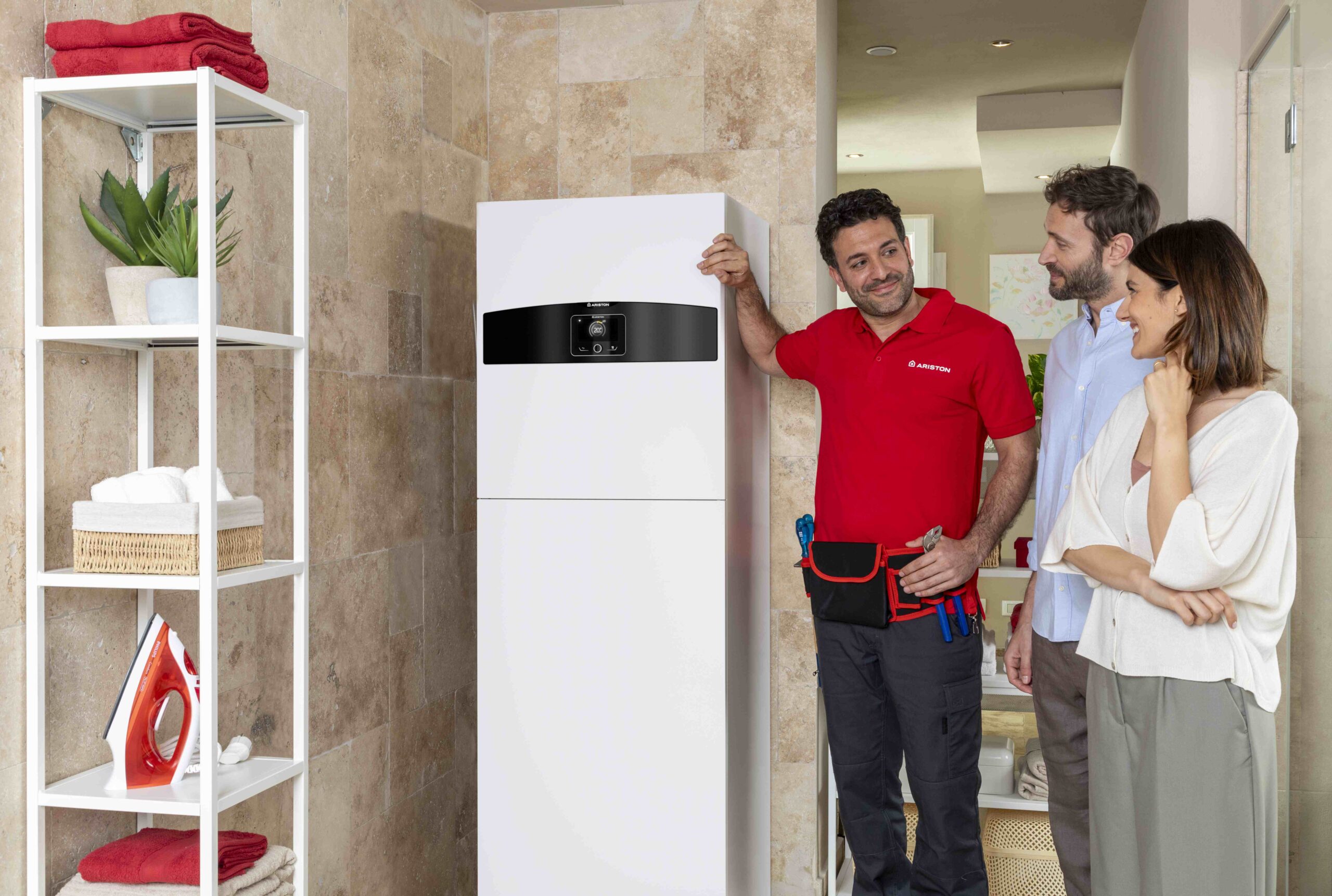What are Scope 1, 2 and 3 of carbon emissions?
In the modern era, the importance of evaluating and reducing the environmental impact of business activities has become crucial. One of the key concepts in this context is "Scope 1 2 3 emissions”. But what exactly do these terms mean? In this article, we will explore the various categories of carbon emissions, focusing specifically on Scope 1, 2, and 3.
What Are Carbon Emissions?
Before diving into the details of the various "Scope," it's essential to understand what is meant by carbon emissions. Carbon emissions are releases of greenhouse gases (GHG) into the atmosphere due to human activities such as energy production, transportation and industrial manufacturing. These gases have the ability to trap heat in the atmosphere, contributing to global warming and climate change.
What Do Scope 1, 2, and 3 Mean?
Every company is responsible, directly or indirectly, for the release of GHG. These emissions are classified into three main categories: Scope 1, Scope 2, and Scope 3, each with different implications in terms of control and reduction potential.
Scope 1: Direct Emissions
Scope 1 emissions are direct GHG emissions resulting from activities controlled by the company. For example, if a company owns or controls emission sources like company vehicles or industrial processes, emissions from these sources fall into this category. Because they are directly controllable by the company, they often serve as the starting point for any emission reduction strategy.
Scope 2: Indirect Emissions from Purchased Energy
Scope 2 emissions are generated by the production of electricity, heat or other forms of energy purchased and consumed by the company. While these emissions are not directly controlled by the company, they can be reduced through the adoption of renewable energy sources or energy efficiency strategies.
Scope 3: Other Indirect Emissions
Finally, Scope 3 emissions are all other indirect emissions that occur along the company's value chain, but are not directly controlled by it. This includes emissions from the transportation of goods, business travel, product usage, and so on. Managing Scope 3 emissions is often the most complex but also offers the most significant reduction opportunities.
How to Measure Scope 1 2 3 Emissions?
A key aspect in managing carbon emission management is their accurate measurement. Each "Scope" category requires different methods and tools for precise measurement.
Tools and Methods for Scope 1 Emissions
To measure direct Scope 1 emissions, it is often necessary to use sensors and instruments that directly measure the release of greenhouse gases from plants and vehicles. This data can then be analyzed to evaluate the effectiveness of reduction strategies.
Energy Certificates for Scope 2 Emissions
In the case of Scope 2 emissions, energy certificates and bills for consumed energy can provide accurate data. These certificates often include details about the energy mix, allowing the company to assess the impact of the energy sources used.
Value Chain Analysis for Scope 3
Scope 3 emissions require a more complex approach. This may include surveys and questionnaires to suppliers, in addition to a life cycle analysis of products.
Why is Understanding Scope 1 2 3 Emissions so Important?
Knowing and understanding the different categories of emissions is the first step in creating an effective corporate strategy to reduce environmental impact. The segmentation in Scope allows companies to identify and address specific leverage points for the reduction of emissions.
Toward a Future with Lower Carbon Emissions and Greater Sustainability
In conclusion, attention to carbon emissions has become not only a social responsibility but also a business imperative. Understanding the Scope 1 2 3 emissions categories is essential for any company that aims to reduce its environmental impact and adopt an effective sustainability strategy. Through active understanding and management of these emissions, we can hope to contribute to a more sustainable future for all.






